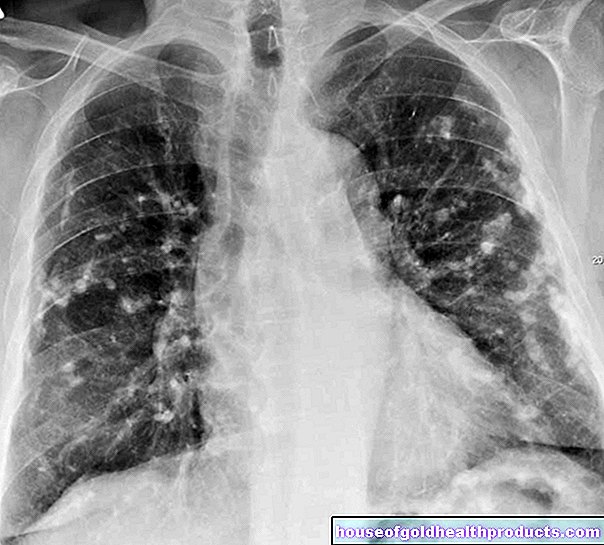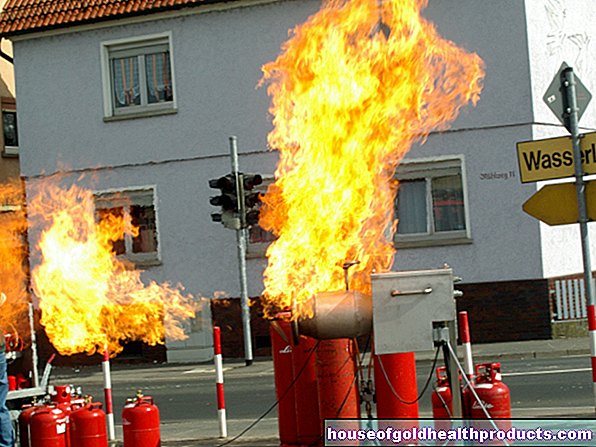Keloid
Carola Felchner is a freelance writer in the medical department and a certified training and nutrition advisor. She worked for various specialist magazines and online portals before becoming a freelance journalist in 2015. Before starting her internship, she studied translation and interpreting in Kempten and Munich.
More about the experts All content is checked by medical journalists.A keloid is a scar that grows beyond the scar area and sometimes rises significantly above the surrounding healthy skin. Such scar growths are benign. However, their conspicuous appearance can be psychologically stressful for those affected. Functional restrictions are also possible, for example with keloids near the joints. Read here how a keloid scar develops and looks and how it can be treated.
ICD codes for this disease: ICD codes are internationally recognized codes for medical diagnoses. You can find e.g.in doctor's letters or on certificates of incapacity for work. L91

Brief overview
- What is a keloid? A keloid is a benign, proliferating scar. It rises like a tumor over the surrounding healthy skin and crosses the scar area.
- Symptoms: Keloids can be itchy and sensitive to touch and pressure. Sometimes spontaneous pain occurs. Functional restrictions (e.g. mobility) are also possible.
- Treatment: various methods, e.g. silicone treatment, cortisone injections, freezing, laser treatment, surgery
- Prevention: i.a. Avoid tension in the scar tissue, massage the scar regularly, do not expose it to direct sun; if there is a tendency towards keloid formation, avoid ear piercing or piercing
What is a keloid scar?
Keloids are scars whose tissue grows excessively and can rise up to half a centimeter (sometimes even more) above the surrounding healthy skin. In contrast to hypertrophic scars, in which excessive cell growth is restricted to the area of the scar, a keloid proliferates beyond it. This scar growth can continue to grow over the years. Back, a keloid does not form again on its own.
A keloid scar usually develops in the months following a skin injury (e.g., surgery, acne) or chronic inflammation. Scar growth occurs more rarely spontaneously, for example after insect bites, piercing of the earlobe or other mini-traumas.
The keloid is a benign scar tumor - in contrast to scar cancer. This is a rare, aggressive form of skin cancer that can develop as a result of constant skin irritation (e.g. friction) from a poorly healing scar (unstable scar), fistula or ulcer.
Keloid: causes and risk factors
A genetic predisposition seems to be involved in the development of keloids. The benign scar growth can occur in families. Scar keloids occur particularly often on darkly pigmented skin. Young people (early 20s) also seem to develop keloids more often on average than older people.
Keloid: symptoms
A keloid is initially reddish or brownish-red in color, later white-reddish or pink. The covering skin is smooth, the growth varies in thickness and plate or knot-shaped. It clearly separates itself from its healthy environment and can grow quickly.
Keloids usually don't hurt. However, spontaneous pain can occur. In addition, keloids can be sensitive to touch or pressure and itch. Depending on their position, large keloids can also restrict mobility, for example when they are sitting near the joints.
Often, keloids develop in the shoulder region, on the chest, back or earlobes. Those affected often find the scar growths to be less aesthetically and psychologically stressful.
Keloid: treatment
A keloid treatment can be useful if the scar growth poses an aesthetic problem for the person concerned. Symptoms (such as itching) or functional restrictions (restricted mobility) may also make it necessary to remove a keloid as best possible.
A treatment is not always successful, keloids often do not respond well and can only be flattened a little, but not go away completely. In addition, the therapy can be very tedious.
There are several methods of treating keloids. Which of these can be considered in individual cases depends on various factors such as:
- Age of the patient
- Skin type
- Part of the body where the keloid is located
- The extent of the scar growth
Treatment of keloids is generally more effective when different therapy methods are combined. Here is an overview of the individual methods:
Silicone treatment
The silicone is applied to the scar growth, for example in the form of thin pads, foils or gel, usually for 12 to 24 hours a day for three to six months. How exactly the silicone works has not yet been clarified. However, experts suspect that the moisture content of the skin improves under the silicone. This should reduce the thickness of the scars and itching.
The silicone treatment of a scar can also be carried out preventively, for example after an operation or in people who are known to be prone to the formation of keloids.
Glucocorticoid injections
Synthetic glucocorticoids (colloquially "cortisone") inhibit the formation of new connective tissue. The doctor injects it directly into the scar tissue. If necessary, the injection is repeated every three to four weeks. Most commonly, the glucocorticoid triamcinolone (TAC) is used to remove a keloid.
The method is painful and takes several months. But it is comparatively effective.
For a better therapy result, experts recommend combining the glucocorticoid injections with cryosurgery (see below).
Freezing (cryosurgery)
A keloid can also be removed by freezing. To do this, liquid nitrogen is introduced into the scar tissue. As a result, the tissue freezes from the inside out and the scar shrinks. For an optimal result, however, freezing usually has to be repeated at intervals of several weeks.
Cryosurgery is often combined with glucocorticoid injections. The icing can also only be carried out briefly and with the aim of making the subsequent injection into the scar tissue less painful.
Pressure treatment
Local pressure on the scar area can reduce blood flow in the scar tissue, accelerate the maturation of the collagen and thus flatten the scar. local pressure on the scar. For this pressure treatment one usually uses elastic fabric (e.g. compression bandage, stocking, suit), sometimes also transparent plastic masks or special press studs. Treatment lasts for six months to two years.
Laser treatment
In ablative laser treatment, the doctor tries to use a high-energy laser beam to remove the overgrown tissue layer by layer, thereby removing the keloid. This method can only be considered in very specific cases of keloids because the risk of relapse is very high here.
In a non-ablative laser treatment, for example, a dye laser is used to reduce the pathologically increased blood flow in the scar tissue. In this way, for example, severe reddening of the scar can be reduced.
radiotherapy
The doctor directs ionizing radiation onto the keloid. This should inhibit the formation of new cells. In the case of keloids, radiation therapy is only recommended as a supplement (adjuvant) to other treatment methods. For example, it can be done after keloid surgery to reduce the risk of relapse.
Onion extract
Onion extract (Extractum cepae) has anti-inflammatory and germicidal (bactericidal) effects and prevents the maturation of fibroblasts - the cells that make up the connective tissue. For this reason, onion extract preparations that are to be applied externally (such as a cream) are used, among other things, to prevent the formation of new keloid after surgical removal of a scar growth. For this purpose, the preparation must be used regularly over several weeks to months.
5-fluorouracil
5-fluorouracil (5-FU) is an active ingredient that, like onion extract, inhibits the maturation of fibroblasts. It is actually approved for cancer treatment. Outside of this approval ("off label") it is also used for the treatment of therapy-resistant keloids - that is, scar growths that other therapy methods do not work on. To do this, 5-FU is injected directly into the scar tissue. The whole thing is usually combined with other therapy methods.
Sometimes the cell-killing agent bleomycin is injected into the scar tissue instead of 5-fluorouracil (especially in dark-skinned patients). In Germany, however, this is extremely rare. Like 5-fluorouracil, Bleomycon is not approved for the treatment of keloids.
surgery
If conservative therapeutic measures (such as corticosteroid injections, cryosurgery) are unsuccessful, a keloid can possibly be surgically removed or reduced in size. The primary goal is to eliminate existing problems caused by the scar growth such as severe pain or restricted mobility. A keloid can usually not be permanently removed by cutting it out: the risk of a new keloid forming in the area of the surgical scar is very high.
Better results can usually be achieved if the operation is combined with other therapy methods (e.g. pressure treatment, radiation therapy). Therefore, surgery is not recommended as some form of treatment for keloids.
Keloid: prevention
In order to prevent keloids from developing in the first place, doctors should ensure during an operation that the wound is sutured so that there is as little tension as possible on it. In addition, after the operation, attempts can be made to prevent (renewed) keloid formation by means of silicone treatment or pressure treatment.
A fresh scar should be protected from direct sunlight and extreme cold and properly cared for. Anyone who is known to have a tendency to the formation of keloids should not have their ears pierced and should also avoid piercings.
Tags: drugs digital health baby toddler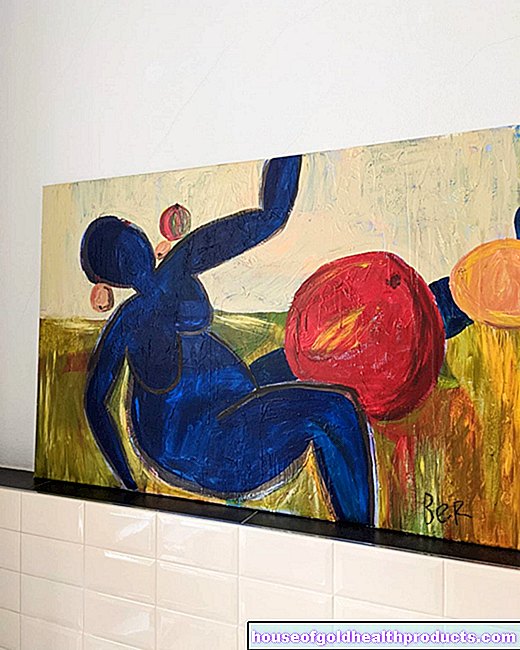
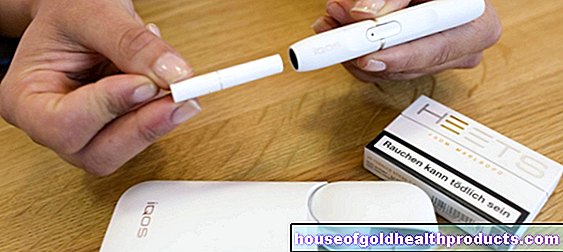



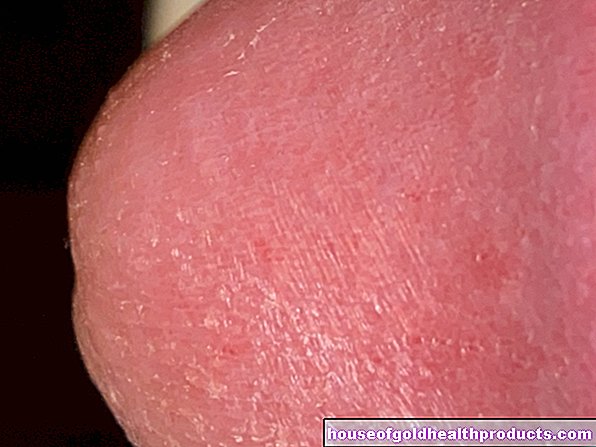
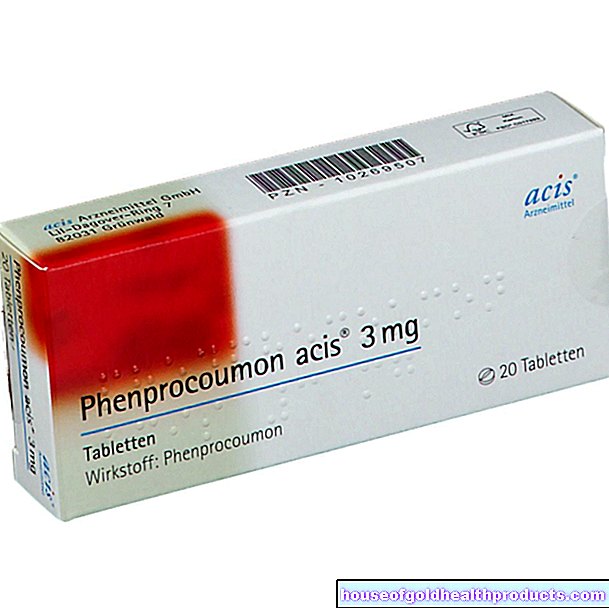
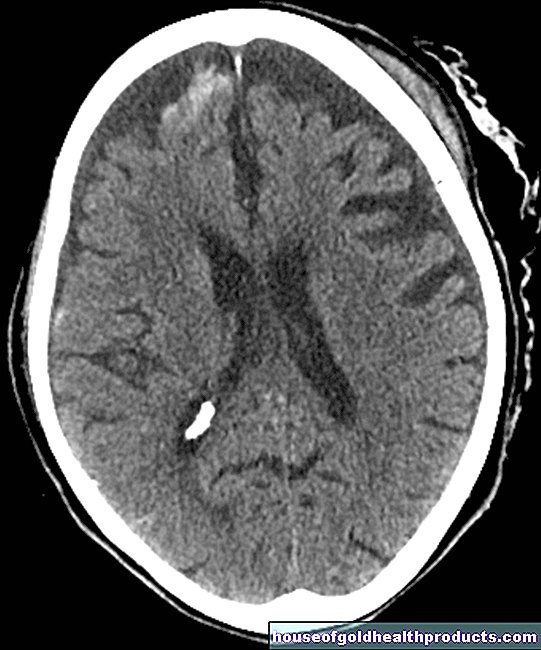

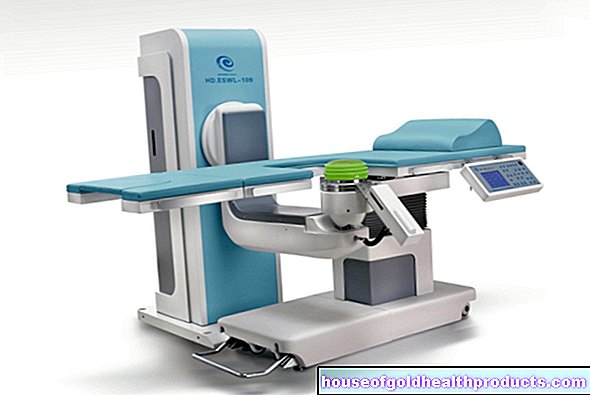


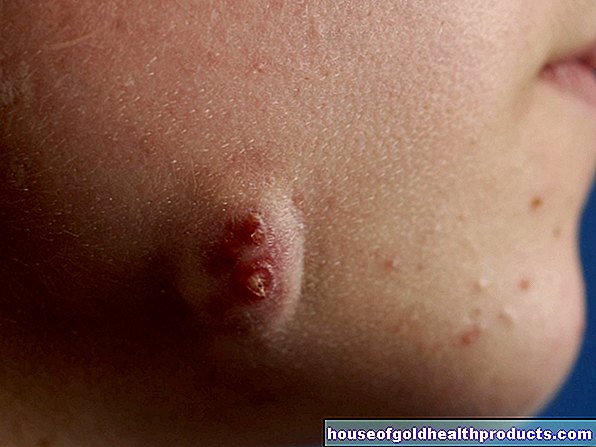
-nachrichten-aus-der-rhre.jpg)
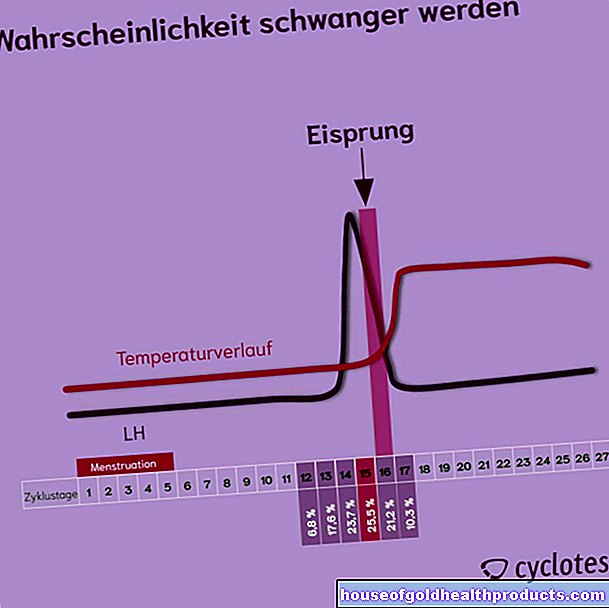

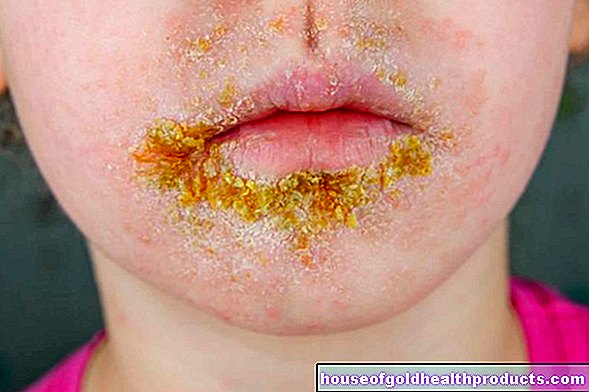

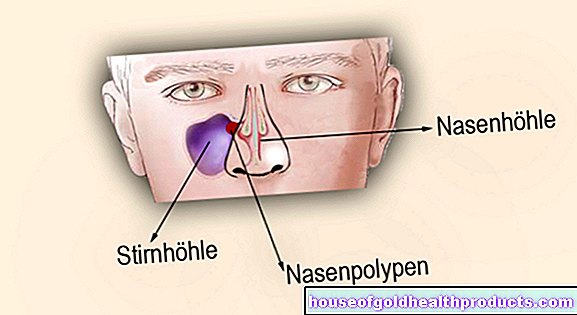
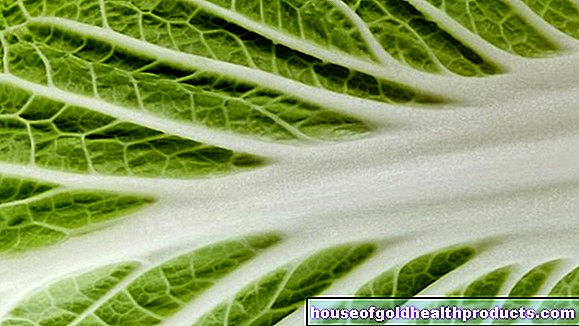
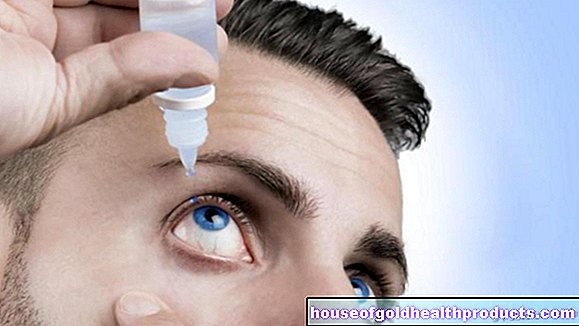

.jpg)





